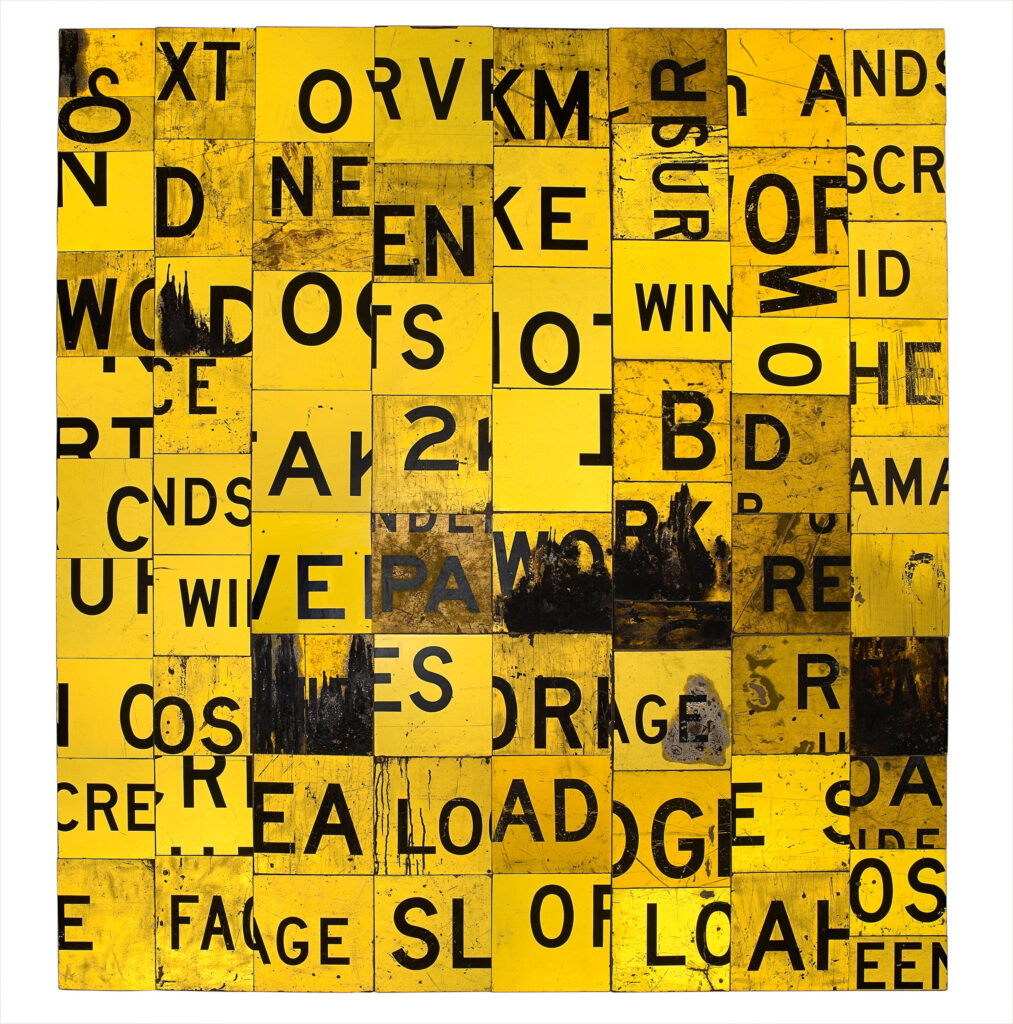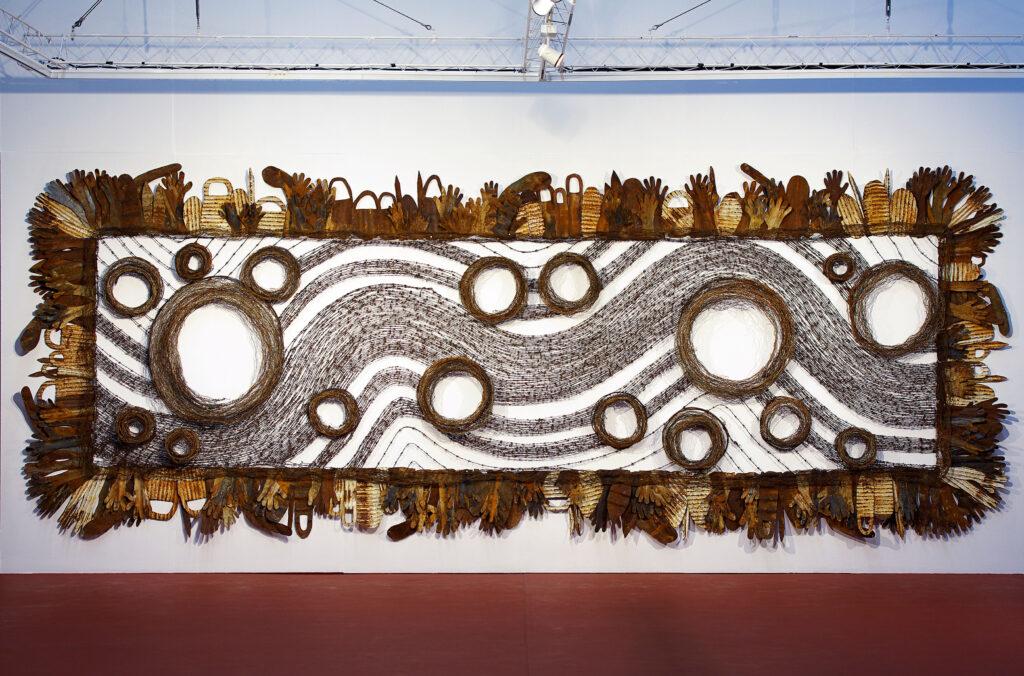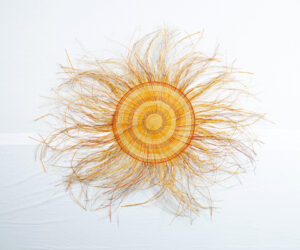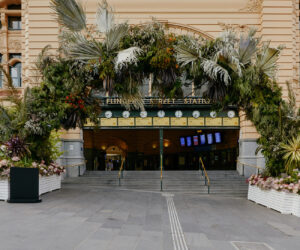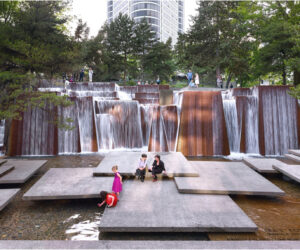Found and Gathered: Rosalie Gascoigne I Lorraine Connelly-Northey
Uniting two important Australian artists for the first time, Found and Gathered: Rosalie Gascoigne | Lorraine Connelly-Northey brings attention to the shared materiality at the heart of the practices of both Rosalie Gascoigne (1917–1999) and Lorraine Connelly-Northey (b. 1967) and their transformative use of found and discarded objects to create surprising and beautiful works of art.
Through a major display of more than 75 wall-based and sculptural works that traverses the entire ground-floor of The Ian Potter Centre: NGV Australia, the exhibition will highlight each artist’s unique and significant place within Australian art, while also illuminating the sympathetic relationships between their works, exemplified by their shared use of materials such as corrugated iron, wire and other media.
New Zealand-born Gascoigne moved to Mount Stromlo in 1943 and the surrounding region greatly inspired her artistic practice thenceforth. Gascoigne is recognised for her textural works assembled from discarded items, including corrugated iron, feathers, wood and wire, as well as her distinctive wall-mounted pieces formed from reflective road signs and soft drink cases. Evoking the lyrical beauty of her local region through her use of materials, Gascoigne’s poetic works have had a radical impact on the ways in which the Australian landscape is represented and perceived. Her first exhibition was held in 1974 when she was 57 years old, and in 1982, Gascoigne was selected as the inaugural female artist to represent Australia at the Venice Biennale.
Born in 1962 and raised at Swan Hill in western Victoria, on Wamba Wamba traditional lands, Connelly-Northey is influenced by an amalgam of her father’s Irish ancestry and mother’s Waradgerie (Wiradjuri) heritage. She utilises materials often associated with European settlement and industrialisation and repurposes them into sculptural works that reference little-known traditional weaving techniques and Indigenous cultural objects, such as kooliman and dilly bags. Through her work, Connelly-Northey explores the dynamic and resilient nature of both her Country and Aboriginal heritage.
The exhibition will include works by both artists held in the NGV Collection as well as works from major public institutions and private collections around Australia. Highlight works include Gascoigne’s Pink window 1975, comprised of a found weathered window frame and corrugated iron. The work is the artist’s first galvanised iron work and is constructed to look like a drawn curtain, reflecting her memories of loneliness when she first moved to Mount Stromlo. Flash art 1987, also on display, is one of Gascoigne’s earliest assemblages and is uniquely fabricated out of salvaged reflective road signs.
Connelly-Northey’s Three rivers country 2010, pays homage to the artists maternal knowledge of water on Country, representing the land of her mother’s tribal boundary. A further work by Connelly-Northey is the wall-based Possum-skin cloak: Blackfella road, 2011-13, which uses woven barbed wire to reference the traditional garment. The use of materials by the artist signifies the desecration of Aboriginal burial sites that resulted from the construction of an unsealed road near Swan Hill.
Tony Ellwood AM, Director of the National Gallery of Victoria, said: ‘Gascoigne and Connelly-Northey share a unique ability to create meaning from abandoned objects that might otherwise be overlooked or considered without purpose. This exhibition celebrates this shared quality, as well as both artist’s individual reverence for place and the central role it plays in their work.’
Found and Gathered: Rosalie Gascoigne | Lorraine Connelly-Northey will be on display at The Ian Potter Centre: NGV Australia from 30 October 2021. Entry is free. For further details, please visit the NGV website: NGV.MELBOURNE
